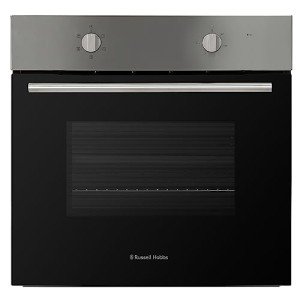Comprehending the Built-In Range: A Deep Dive Into One of one of the most Versatile Programming Features
The built-in function range() is one of the most commonly utilized features in programs, especially in Python. Its simpleness and adaptability make it an important tool for developers, engineers, and information scientists alike. In this short article, we will check out the fundamental aspects of the built-in range function, its syntax, usage cases, and some practical examples to assist you take advantage of its power in your coding undertakings.
What is the Built-In Range?
In Python, the range() function produces a sequence of numbers. It is typically utilized for version, particularly within loops, enabling developers to perform a block of code a specific variety of times without by hand specifying each iteration.
Syntax of the Range Function
The range() function can take one, two, or three arguments, and its fundamental syntax is as follows:
range( start, stop, step).
start: The beginning point of the sequence (inclusive). If omitted, it defaults to 0.
stop: The endpoint of the series (unique). This argument is required.
action: The difference in between each number in the sequence. If omitted, it defaults to 1.
Examples of Using Range.
Basic Usage: Using range() in an easy for loop to print numbers from 0 to 4:.
for i in range( 5 ):.
print( i).
Output:.
0
1.
2.
3.
4.
Specifying a Start and Stop: You can specify both a beginning point and an endpoint:.
for i in range( 2, 6):.
print( i).
Output:.
2.
3.
4.
5.
Utilizing a Step Value: The step criterion enables you to control the increments:.
for i in range( 0, 10, 2):.
print( i).
Output:.
0
2.
4.
6.
8.
Counting Backwards: The action can also be negative, enabling for counting down:.
for i in range( 5, 0, -1):.
print( i).
Output:.
5.
4.
3.
2.
1.
Practical Applications.
Iterating Over Lists: While utilizing range() prevails in for loops, it can also be useful for repeating over the indices of a list.
fruits = [' apple', 'banana', 'cherry'] for i in range( len( fruits)):.
print( f" i: fruits [i] ").
Output:.
0: apple.
1: banana.
2: cherry.
Developing built in oven uk : The function comes in handy for generating sequences of numbers, which you may require for algorithms or data manipulation.
number_list = list( range( 10, 21)).

print( number_list).
Output:.
[ intergrated ovens , 11, 12, 13, 14, 15, 16, 17, 18, 19, 20] List Comprehensions: range() works wonderfully with list understandings for more condensed expressions.
squares = [x ** 2 for x in range( 5)] print( squares).
Output:.
[0, 1, 4, 9, 16] Conclusion.
The built-in range function is a basic function in Python that provides a simple way to produce sequences of numbers, which can be utilized for a range of programs tasks. Whether you are dealing with loops, producing lists, or executing algorithms, comprehending how to make use of range() is essential for effective Python coding. As you continue to check out the language, you'll certainly find brand-new ways to leverage this effective tool, making your programs tasks more effective and structured.
